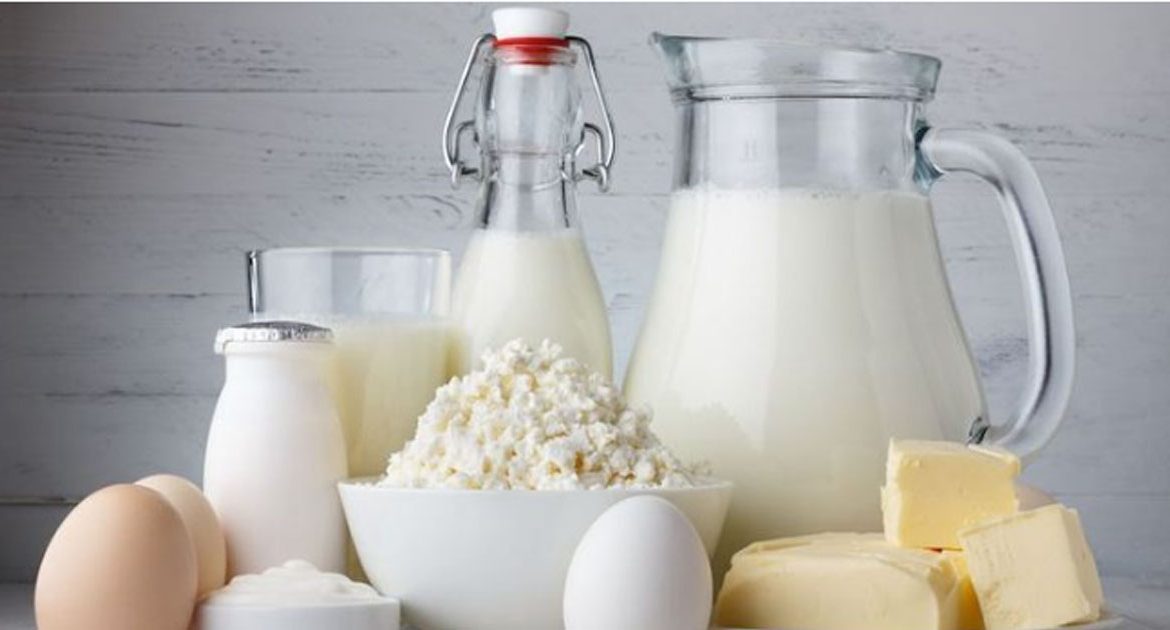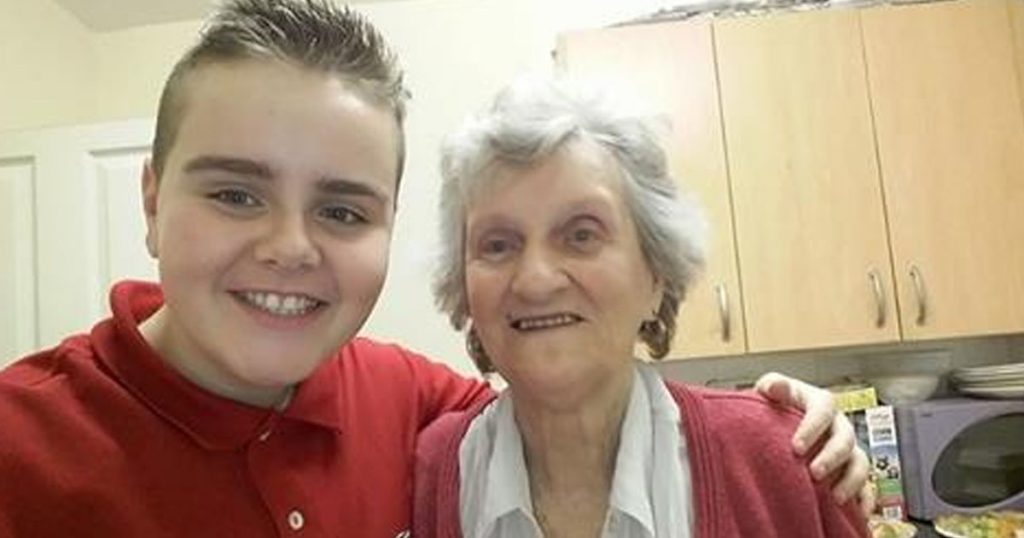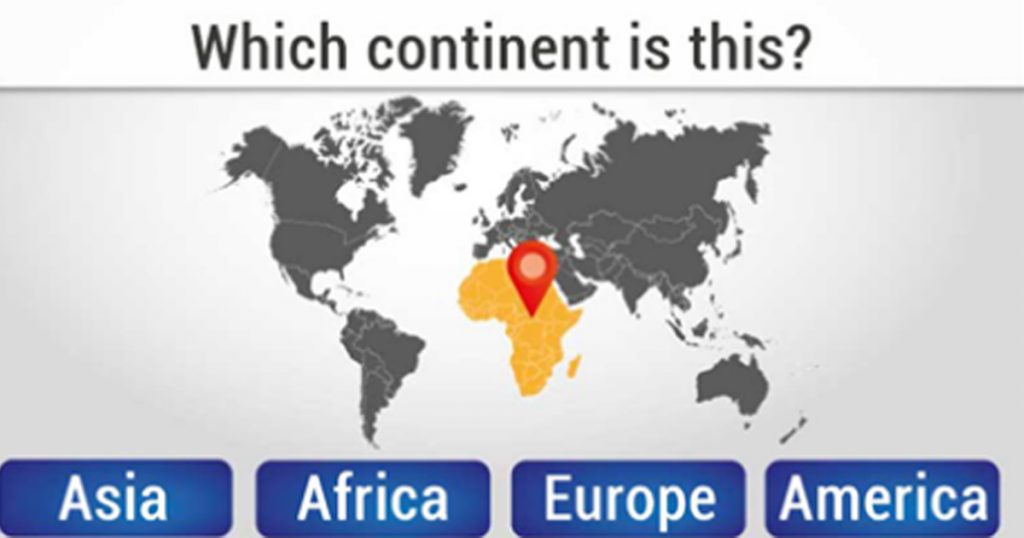It seems like we all have a bunch of so-called facts about food preparation and eating that have been passed down to us like they are the wisdom of some kind of cooking wizard. However, it turns out that a lot of the things that our grandmothers and mothers have been telling us aren’t exactly true.
These 5 myths are often thought to be valid, but they are actually not based on any true facts. While they may have been habits we have formed over the years, these myths aren’t actually true at all.
1. Myth: Wood cutting boards have more bacteria in them than plastic cutting boards
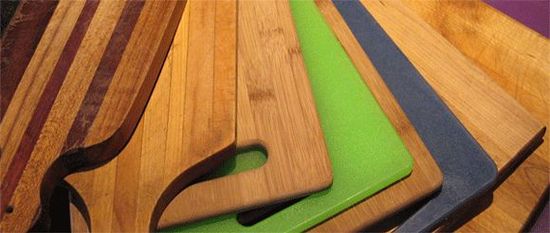
People often think that by using a plastic cutting board they will be able to stop a lot of the bacterial build-up that can get into the grains of a wooden cutting board, however scientists have proved this isn’t true.
In a research study done by Dean O. Cliver Ph.D, he found that even plastic cutting boards are prone to bacteria build up.
«Although the bacteria that have disappeared from the wood surfaces are found alive inside the wood for some time after application, they evidently do not multiply, and they gradually die. They can be detected only by splitting or gouging the wood or by forcing water completely through from one surface to the other. If a sharp knife is used to cut into the work surfaces after used plastic or wood has been contaminated with bacteria and cleaned manually, more bacteria are recovered from a used plastic surface than from a used wood surface.»
2. Myth: Adding salt to water makes it boil faster
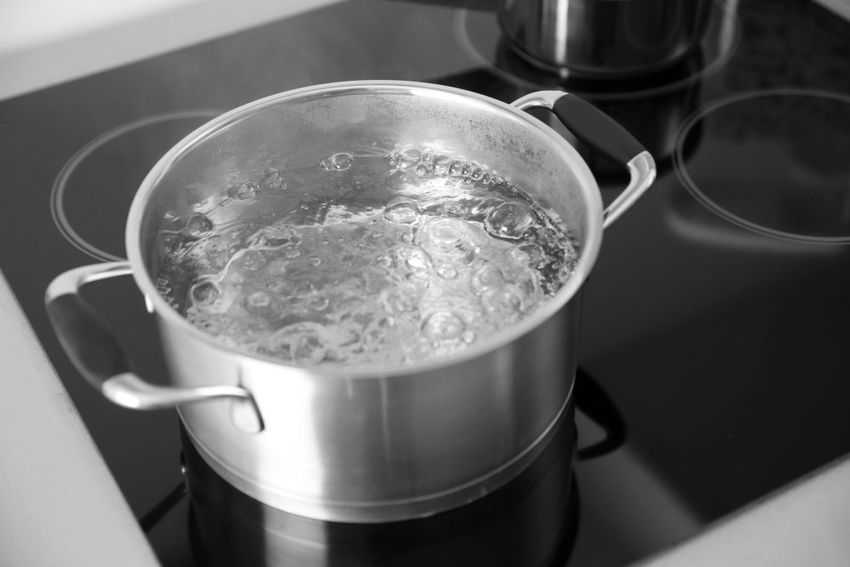
The fact of the matter is that while salt water technically has a different boiling point than regular water, there is no way that the amount of salt you add will make any kind of difference. If you were going to add enough salt to alter the boiling point, the water would become basically inedible.
3. Myth: Low-fat foods are better for your health
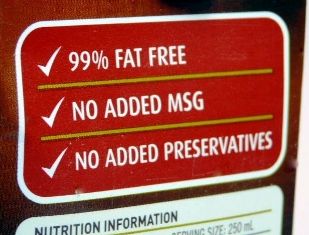
There are so many «diet» foods out on the market now it’s almost hard to find something that isn’t boasting about how little fat or how few calories it has. The thing is, the amount of fat isn’t the issue, it’s the type of fat. You need fat to survive, but you need the right kind of fats if you want to stay healthy. You should look for monounsaturated fats like avocados or almonds or omega-3 fatty acids if you want the healthiest types of fats.
4. Myth: Dairy is the best thing for your bones
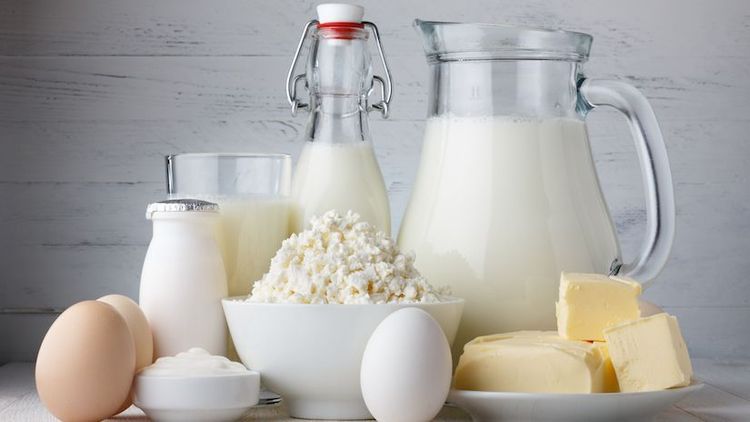
Calcium is of course important, but it’s a mistake to believe that you can only get it from dairy products. Dark leafy greens actually contain a significantly high level of calcium, and they also have the added benefit of vitamin D, vitamin K and magnesium.
5. Myth: Searing meat will seal the juices inside
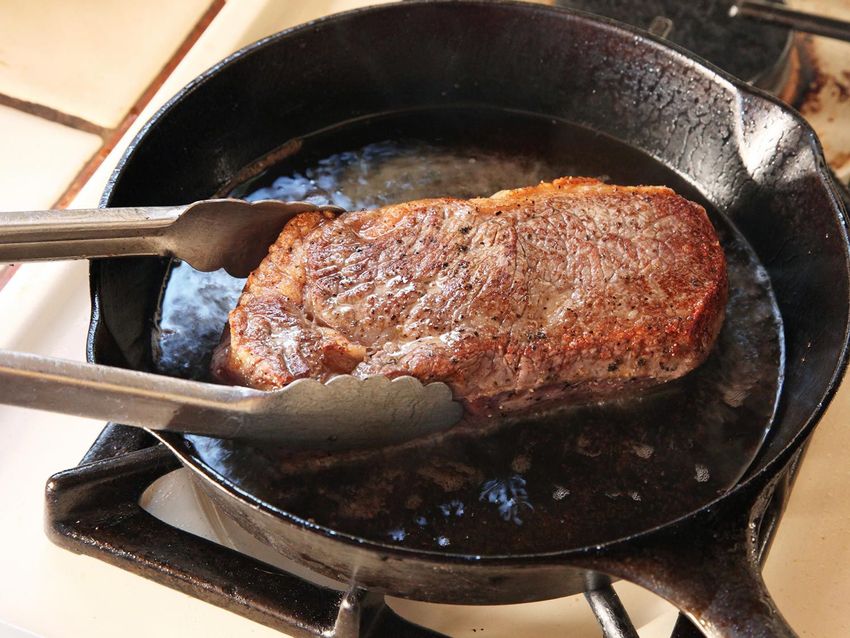
We all do it, you are always taught that getting a good sear on your meats will help them stay juicy inside while they cook. However, when this was established, they were actually talking about meat that was going to be boiled, not grilled.
If you are cooking your meat in an over or on a grill, this method doesn’t actually seem to provide any noticeable improvements. In fact, a seared piece of meat was found to contain fewer juices than an un-seared piece of meat. The only real benefit that has been confirmed is that the browning of the outside happens to taste good, so it’s still pretty beneficial if you ask me.
Are you guilty of believing these myths?
